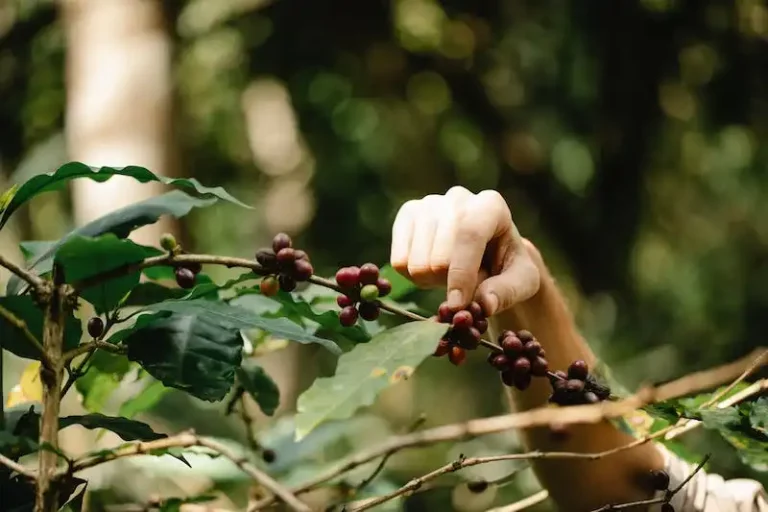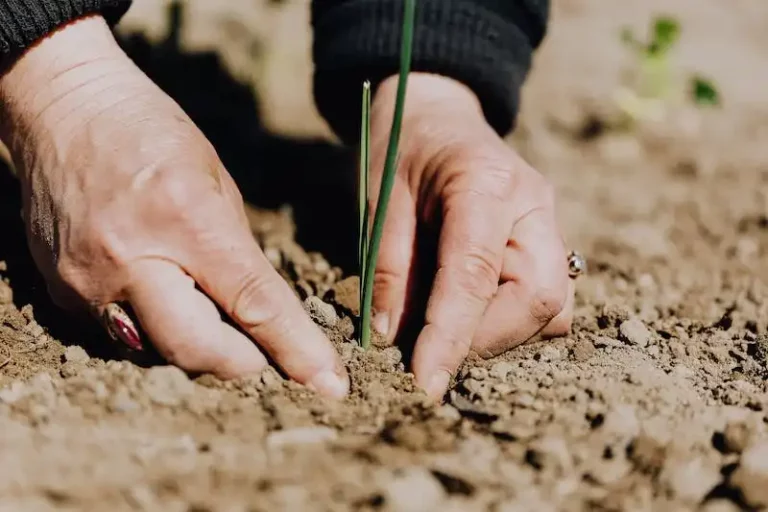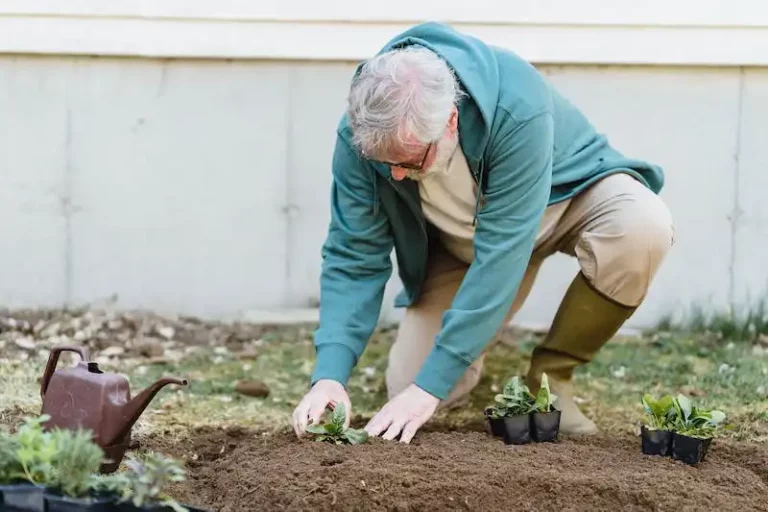Mustard greens are a green leafy vegetable that is grown for consumption. They are easy to grow and can be harvested in a relatively short amount of time, making them a popular choice for home gardeners. Mustard greens come in different varieties, such as green and red mustard, and can be planted in late winter or early spring, depending on your location. They are known for their spicy and peppery flavor, which adds a unique taste to salads and other dishes.
When planting mustard greens, it is important to provide them with full sun and well-drained soil. The soil should be kept moist, but not overly wet, as this can kill the seeds before germination. Dig holes about 1/2 inch deep and place the mustard green seeds in them. The seeds are relatively small, so it is best to plant them in groups to ensure proper spacing. Cover the seeds with soil and water them thoroughly.
As the mustard greens grow, they will need to be watered regularly. They are heavy feeders and require a constant source of water to thrive. Mulches can be used to help retain moisture and suppress weed growth. Mustard greens are also susceptible to pests such as aphids and whiteflies. Watch out for these insects and take appropriate measures to control their population.
Mustard greens can be harvested when the leaves are large enough for eating, usually after about 40-50 days. The outer leaves can be picked and the inner leaves left to continue growing. This allows for multiple harvests while the mustard greens are still growing. To store the greens, wrap them in a damp paper towel and place them in a plastic bag in the refrigerator. This helps to keep them fresh and crisp for up to a week.
In conclusion, growing mustard greens is a rewarding experience that can provide you with a delicious source of fresh green food. Follow our guide to learn how to grow and harvest mustard greens, while also assessing and reducing any problems that may arise. Whether you’re a seasoned gardener or new to growing your own food, mustard greens are a great choice to add to your garden.
Growing Mustard Greens Salad With Spice
Mustard greens are a popular choice among gardeners due to their leafy texture and spicy flavor. They are commonly grown in southern regions, but can be planted wherever you have a well-drained and sunny spot in your garden. If you’re unsure about how to grow mustard greens, this guide will provide you with all the information you need to get started.
When planting mustard greens, it’s important to prepare the soil properly. Mustard greens thrive in rich, well-drained soil, so make sure to amend the soil with compost or well-rotted manure before planting. It’s also a good idea to weed the area thoroughly to reduce competition and maintain the productivity of your plantings.
If you’re starting from seed, sow the mustard greens directly into the soil, spacing the seeds about one inch apart. Cover them with a thin layer of soil and keep the area well-watered. The seeds will germinate within a week or two, and you can thin them out to about six inches apart when they reach a height of two inches. This thinning process helps to promote better air circulation and prevent invasive weeds from taking over.
Mustard greens require about six hours of sunlight per day to grow well. They also benefit from regular watering, especially during dry periods. Mulches can be used to conserve moisture and suppress weed growth around the plants. Be sure to water the plants deeply, allowing the water to reach the root system, rather than just wetting the surface.
Most mustard greens varieties mature 45 to 50 days after planting, although this can vary depending on the specific variety and growing conditions. To harvest the greens, simply cut them at the soil level when they reach the desired size. Young mustard greens are tender and have a milder flavor, while older leaves can be tougher and more pungent.
Mustard greens are a nutritious addition to your diet. They are high in fiber, vitamins A and C, and other essential nutrients. You can enjoy them raw in salads, sautéed with other vegetables, or cooked in traditional Southern dishes. Additionally, mustard greens can be stored in the refrigerator for up to three weeks, or you can freeze them for longer storage.
One common problem that gardeners may encounter when growing mustard greens is aphids. These tiny insects can damage the leaves and reduce the plant’s overall health. To control aphids, try washing the plants with a strong stream of water or using organic insecticidal soap. Additionally, rotating your mustard greens with other crops can help to reduce aphid populations.
In summary, growing mustard greens can be an interesting and rewarding experience for any gardener. By following this guide, you’ll learn how to plant, care for, and enjoy these tasty greens. Whether you’re a fan of spice or prefer a milder flavor, mustard greens are a versatile and nutritious addition to your garden and your kitchen.
Quick Care Guide
Gardeners who want to grow mustard greens from seeds should find a spot in their garden that receives full sun for at least six hours a day. The southern sun exposure ensures that mustard greens receive enough heat to grow.
Mustard greens have specific soil requirements. The soil should be well-drained and have a pH level between 6.0 and 7.5. Before planting, gardeners should assess the soil and make any necessary amendments to ensure its suitability for mustard greens.
Plant the mustard green seeds about 1/4 inch deep in the soil, keeping them well-spaced to allow for proper growth. Each plant should be about 8-12 inches apart. It is recommended to plant mustard greens in rows, allowing enough distance between each row for easy access and airflow.
Mustard greens typically take around 30 days to mature, at which point they can be harvested. Young mustard greens have a mild flavor, while older greens tend to have a more bitter taste. Gardeners can harvest the entire plant or pick the outer leaves and allow the inner leaves to continue growing for a continuous harvest throughout the growing season.
Mustard greens have interesting pest problems. Aphids and whiteflies are attracted to mustard greens and can cause damage. Gardeners can use row covers or natural insecticide options to protect the plants from these insects. It is also important to keep the garden clean and free of debris to reduce the risk of infestations.
After harvesting, it is important to properly store mustard greens to maintain their freshness. Mustard greens can be stored in a plastic bag in the refrigerator for up to a week. They can also be blanched and frozen for longer storage. However, it is recommended to consume mustard greens as soon as possible after harvesting to enjoy the best flavor and nutritional value.
Mustard greens, with their high fiber content, are an excellent addition to any diet. They are low in calories and rich in vitamins A, C, and K. These leafy greens also contain antioxidants and can help reduce the risk of chronic diseases. They are a versatile food that can be enjoyed in salads, stir-fries, soups, and more.
There are many varieties of mustard greens available, including green, red, and purple varieties. Some popular types include Southern Giant Curled, Red Giant, and Osaka Purple. Each variety has its own unique flavor and appearance, allowing gardeners to experiment with different tastes and colors in their garden.
Overall, growing mustard greens is a relatively easy process that can provide home gardeners with a delicious and nutritious crop. With proper care and attention to the specific requirements of mustard greens, gardeners can enjoy a bountiful harvest year after year.
All About Mustard Greens
Mustard greens are a type of leafy green vegetable that is commonly grown and consumed. They are known for their spicy flavor and nutritional benefits. In this article, we will learn all about mustard greens, including how to plant them, care for them, and harvest them.
Mustard greens belong to the Brassica family, which includes other vegetables like kale, cabbage, and broccoli. They are quick-growing and can be harvested in as little as three weeks after planting. Mustard greens come in different varieties, including green and red leaf, and they can be grown in various climates.
When it comes to planting mustard greens, there are a few key points to keep in mind. First, seeds should be directly seeded into the soil, rather than transplanted. It is best to plant them in rows, spaced at a distance of about 12 inches apart. If you are planting multiple rows, leave a space of at least 18 inches between each row. This allows enough room for the mustard greens to grow without overcrowding.
Mustard greens have relatively low maintenance requirements. They prefer full sun and fertile, well-draining soil. Regular watering is necessary, especially during dry periods. It is important to keep the soil moist but not soggy. Adding organic matter to the soil before planting can help improve its fertility and water retention capacity.
Common problems that may occur when growing mustard greens include insect infestations, such as aphids, and frost damage. Insect infestations can be controlled by using organic insecticides or by introducing beneficial insects, like ladybugs, to the garden. To protect the plants from frost, cover them with a frost cloth or bring them indoors when temperatures drop.
Harvesting mustard greens is a simple process. The leaves can be harvested as soon as they are large enough to eat, typically around 4-6 weeks after planting. The outer leaves can be picked individually, or the whole plant can be cut off at soil level. Harvesting regularly promotes new growth and increases productivity.
Mustard greens have many uses in the kitchen. They can be eaten raw in salads or cooked in various dishes. Before cooking, it is recommended to wash the leaves thoroughly to remove any dirt or debris. The bitter taste of mustard greens can be reduced by blanching them in boiling water for a few minutes before cooking.
In conclusion, mustard greens are a tasty and nutritious vegetable that is relatively easy to grow. Their quick growth and high productivity make them a popular choice for home gardeners. Whether you are an experienced gardener or new to gardening, mustard greens are worth a try. Watch our video guide to learn more about planting and caring for mustard greens.
| Mustard Greens Facts |
|---|
| Mustard greens can be stored in the refrigerator for up to one week. |
| They are rich in fiber, which helps with digestion and overall gut health. |
| Mustard greens are high in vitamins A, C, and K, as well as calcium and iron. |
| The seeds of mustard greens, known as siliques, can be used to make mustard sauce. |
| Mustard greens can act as an invasive species in some areas, so it is important to monitor their growth and prevent them from spreading. |
| Seed viability of mustard greens is usually around 2-3 years. |
| Mustard greens can be grown in smaller gardens or even in containers. |




